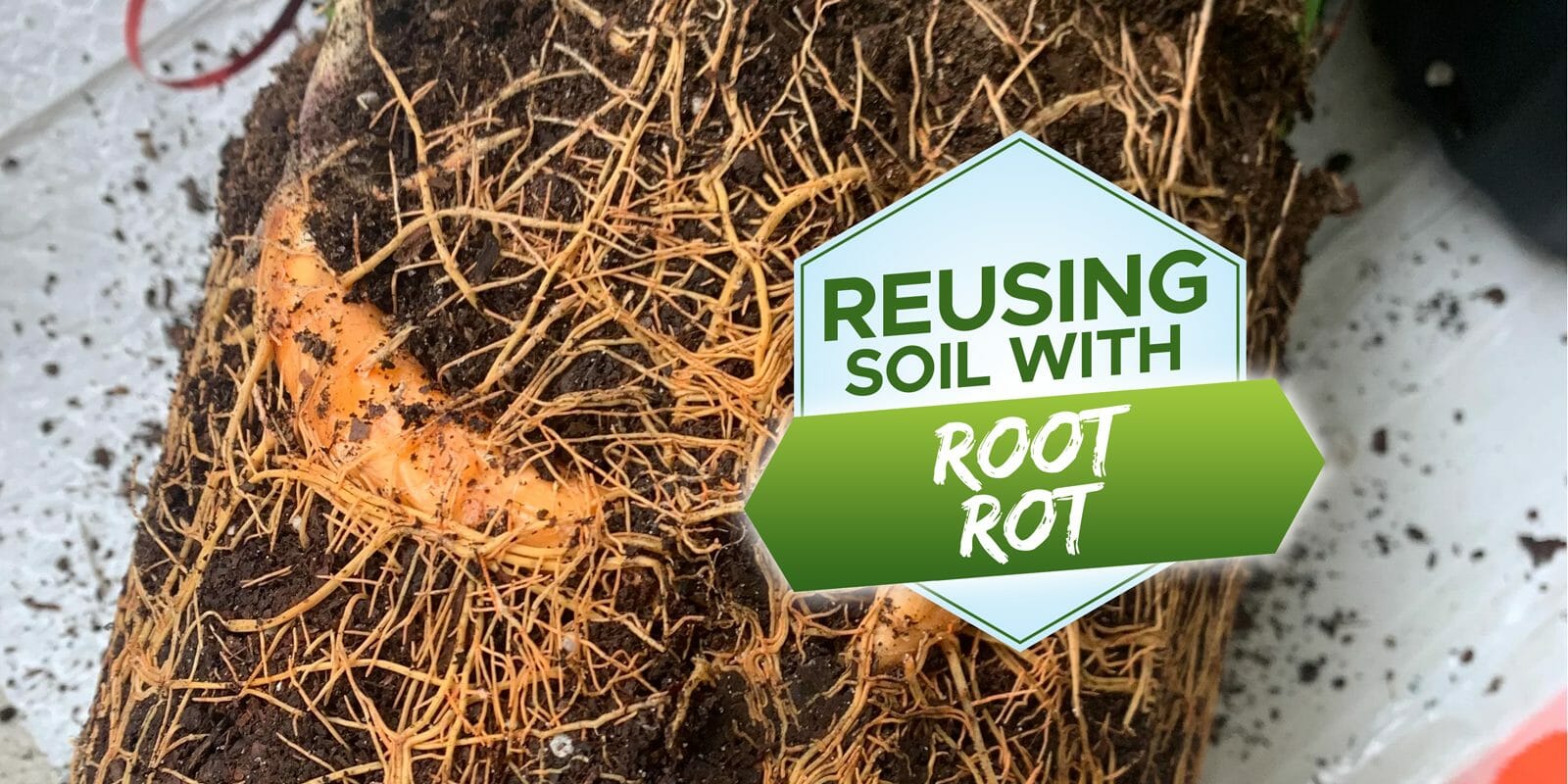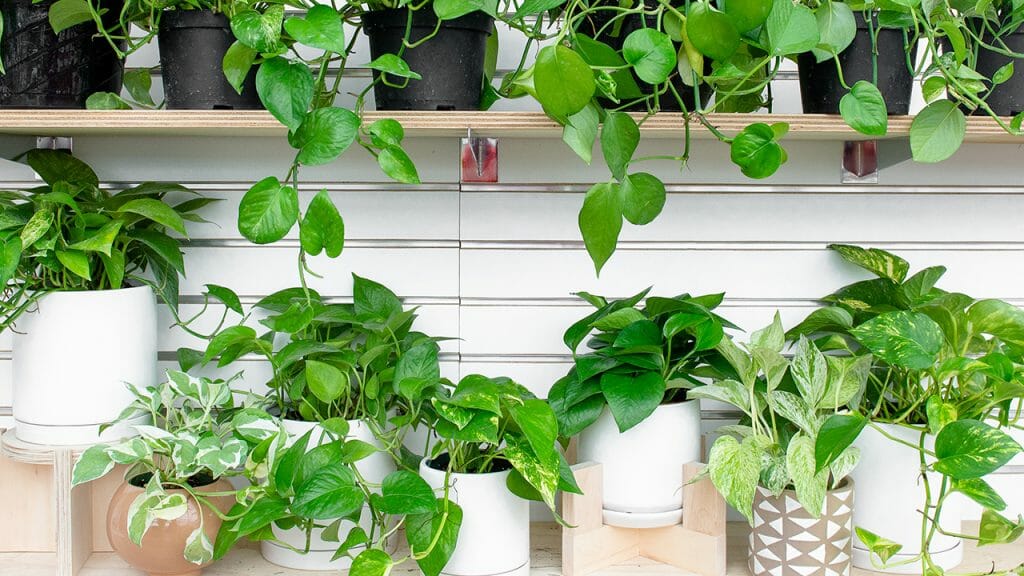Root rot is one of those plant diseases that strike fear into any gardener’s heart, as this can often spell death for your precious plant.
Now you’re down a plant, and you have a whole pot of soil that you don’t know what to do with! So, naturally, this may lead you to ask yourself: can you reuse soil with root rot?
You can reuse soil after root rot, but only if you sterilize the soil first.
Losing a plant to root rot is always heartbreaking but losing a whole pot of soil makes it even worse! Luckily, there are some ways to save it.
This article is going to explain what root rot is and exactly what you need to do to get your soil healthy again.
What is Root Rot?
To understand the effect of root rot on soil, we need to learn the basics of what root rot is and what causes it.
Root rot is a fungus caused by overwatering and bad soil drainage.
This is prevalent in houseplants, where it can be very easy to overwater. Standing in excessive water will suffocate the roots and make them turn brown and soft. This is caused by multiplying fungal spores that thrive in wet environments. It can also make its way into the soil and spread to other plants.
Root rot is hard to spot right away since the symptoms start below the soil’s surface. However, as the issue worsens, you will notice problems on the surface because the plant’s nutrient uptake has been affected. Plants with root rot will have wilting, yellowing leaves, stunted growth, and delayed blooming.
DON’T MISS: Can you reuse soil from a dead plant? Find out here.
Can You Reuse Soil With Root Rot?
The short answer is yes, you can use your soil after root rot, but only if you sterilize it first.
Sterilizing your soil will kill off any remaining fungus and make your soil safe for new plants. This process will also eliminate any aphid or fungus gnat eggs that might be present.
There are a few different ways you can sterilize your soil, but these two are our favorites:
Boiling
Some people will actually buy a pot for this purpose and boil the soil on the stove, but we prefer a less messy approach!
- Place your soil into a heatproof bowl.
- Pour boiling water over the soil until it is just wet enough to clump together.
- Mix with a spoon until it is fully saturated.
- Cover with tin foil, pressing the foil onto the surface of the soil.
- Leave to sit until completely cool.
This method also means that you will not have to water your soil after you plant in it, as there will still be moisture leftover from sterilizing.
Baking
Baking your soil is really simple.
- Fill an ovenproof dish with soil and spray it liberally with water.
- Cover with foil.
- Bake at 350 F for 30-40 minutes.
- Leave to fully cool before using it.
If you don’t want to go through the messy and lengthy products of sterilizing your soil, then we suggest simply adding it to your compost instead.
Frequently Asked Questions:
Can you fix root rot by repotting?
Repotting is the best way to attempt to save a plant that is suffering from root rot.
Transferring the roots out of the waterlogged soil and into the fresh soil will help them try out and prevent the spread of the fungus.
We suggest removing all the affected roots before placing them in the new soil so the fungus will not try and spread again.
Does cinnamon stop root rot?
Cinnamon has antifungal properties that make it an effective and natural treatment for plant roots; however, it does not directly prevent root rot.
The best way to use cinnamon’s fungicidal properties is to dip the stems of plants you wish to propagate in the powder to help with rooting and prevent fungus from growing while it does so.
Conclusion
So, at the end of the day, root rot may have stolen your plant from you, but that doesn’t mean your soil is lost too.
You can reuse your soil with root rot if you sterilize it beforehand.
To save money and prevent soil waste, we recommend trying out these methods to revitalize your soil and reuse it again and again.




